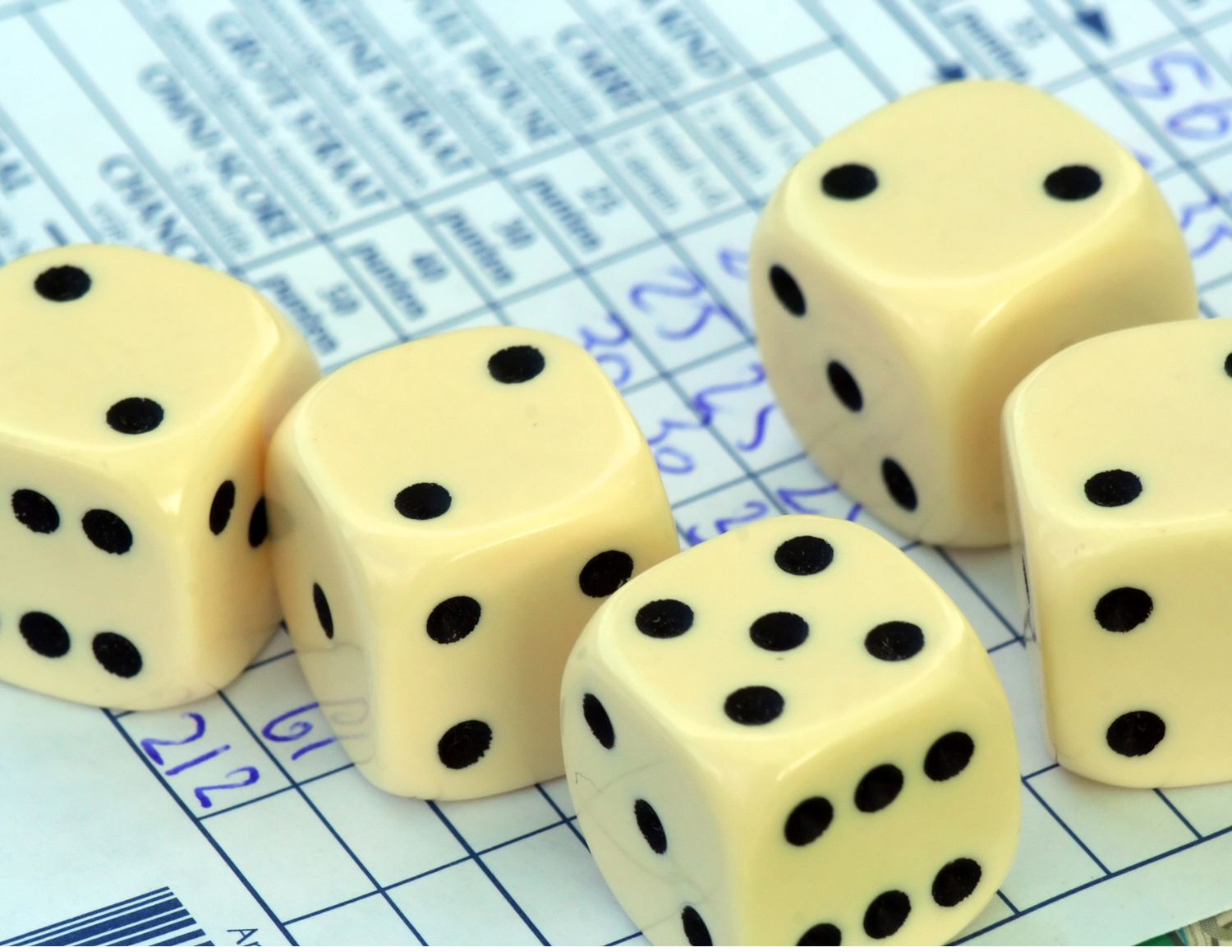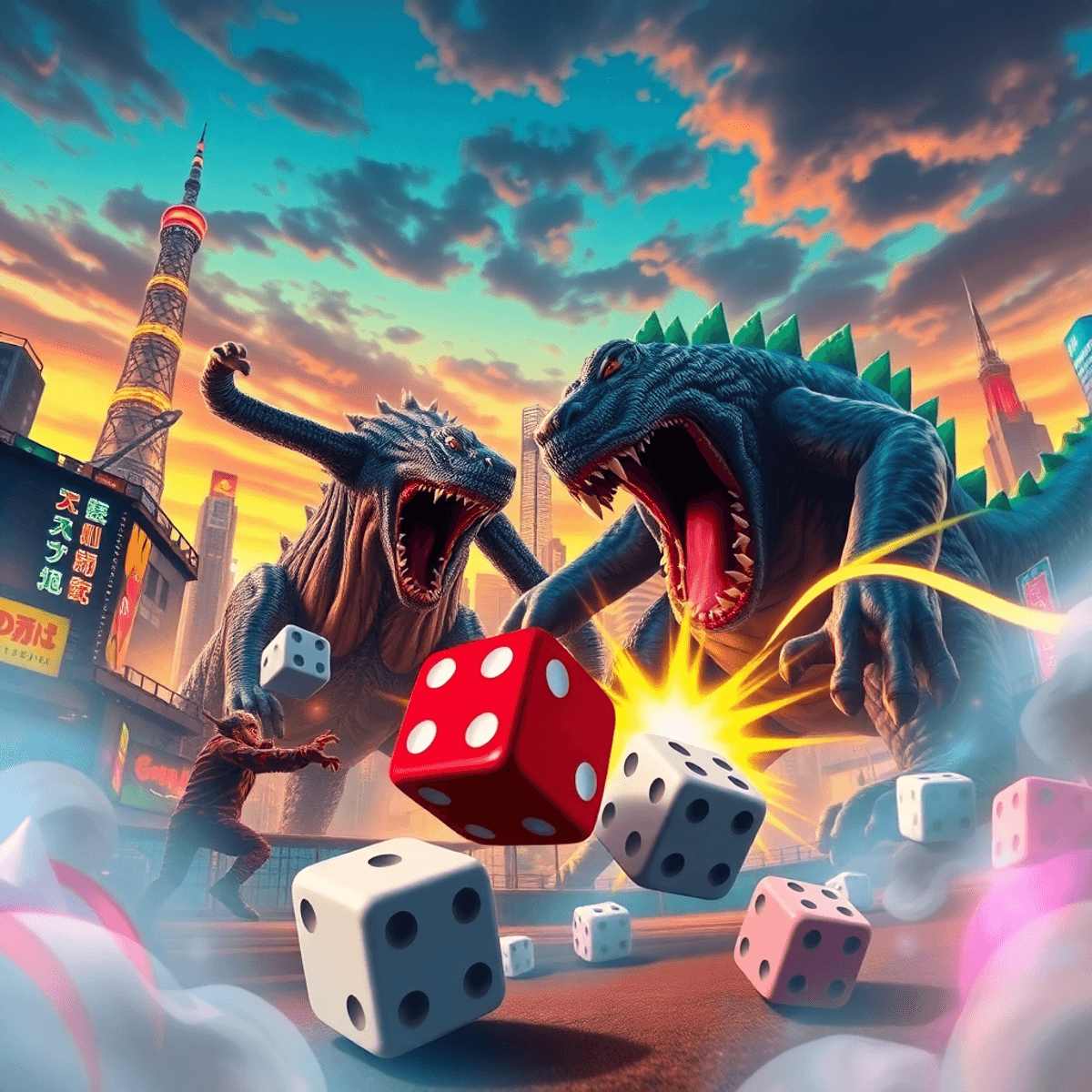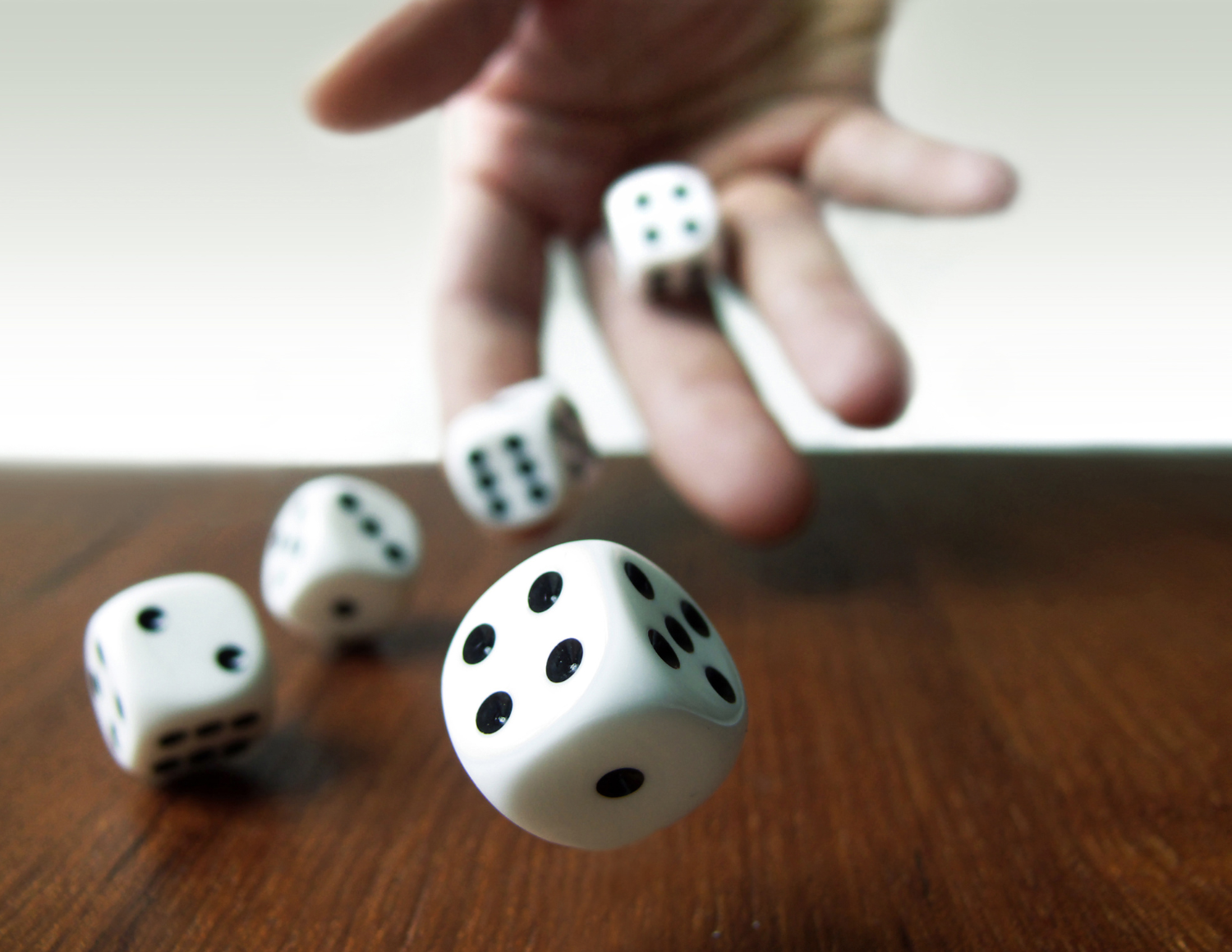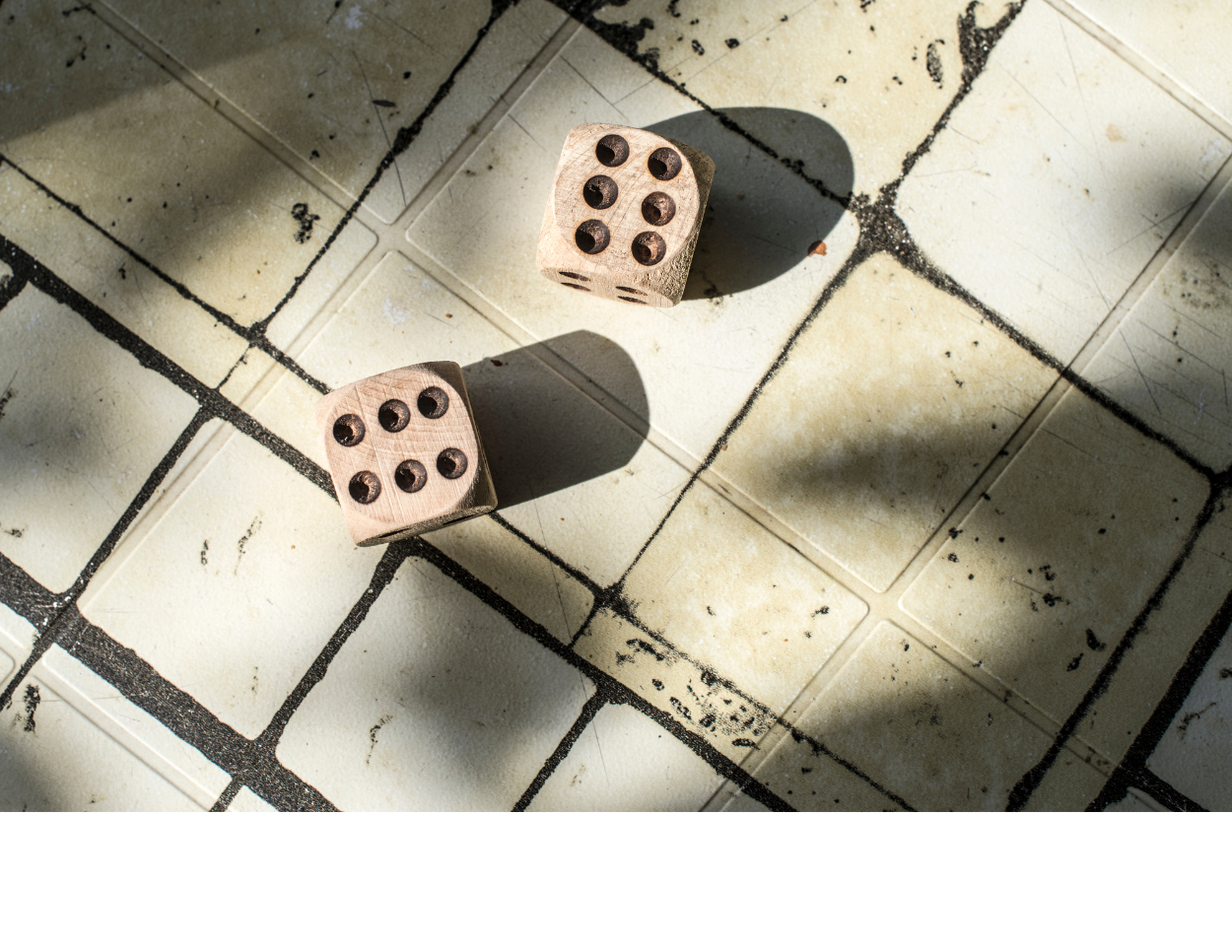
Yahtzee game is one of the most beloved dice games in history, captivating millions of players across generations with its perfect blend of luck and strategy. This iconic game, first marketed by Edwin S. Lowe in 1956, has sold hundreds of millions of copies worldwide and continues to engage players through both traditional and digital formats.
Understanding Yahtzee rich history reveals fascinating insights into:
- The evolution of recreational gaming in American culture
- The power of simple yet engaging game mechanics
- The transformation of a humble yacht game into a global phenomenon
This exploration of Yahtzee’s history takes you on a journey from its early dice game predecessors through its commercial success, digital revolution, and enduring legacy. We’ll uncover the strategic decisions, marketing innovations, and cultural shifts that shaped this remarkable game into the household name it remains today.
Join us as we roll through time to discover how five dice and a scorecard created one of the most successful games in history, influencing generations of players and game designers alike.
From Early Dice Games to Yahtzee: A Journey Through Time
The roots of Yahtzee stretch deep into gaming history, with its DNA traced back to several classic dice games. Poker Dice, introduced in the late 19th century, laid the foundation by incorporating poker-style combinations into dice play. Players rolled five dice marked with card values, aiming to create poker hands – a mechanic that would later influence Yahtzee’s scoring system.
In the 1930s, a Canadian couple developed The Yacht Game, played aboard their yacht with friends. This game introduced the concept of multiple rolls per turn and specific scoring categories – elements that became central to Yahtzee’s gameplay. The game spread through maritime social circles, catching the attention of toy manufacturer Edwin S. Lowe.
The Argentinian game Generala shares remarkable similarities with Yahtzee:
- Five dice per player
- Three rolls allowed per turn
- Scoring based on specific combinations
- Fixed number of rounds
These early dice games contributed distinct elements to Yahtzee’s design:
- Poker Dice: Combination-based scoring
- Yacht: Multiple roll mechanics
- Generala: Turn structure and scoring categories
The blend of these historical influences created a unique gaming experience that balanced luck with strategic decision-making – a combination that would prove irresistible to players worldwide.

The Birth of Yahtzee: Edwin S. Lowe’s Game-Changing Move
The journey in Yahtzee history to become a commercial success began with an unexpected meeting between Edwin S. Lowe and a wealthy Canadian couple on their yacht in 1954. During this encounter, the couple introduced Lowe to their beloved pastime – a dice game they referred to as “The Yacht Game” – which they frequently enjoyed with friends during their sea adventures.
Recognizing Potential
Lowe saw the potential in this game and made a significant move. He struck an incredible deal by acquiring the rights to “The Yacht Game” for $1,000 worth of game sets. This decision would go on to transform the world of family entertainment.
Lowe, who had already found success with Bingo, decided to rebrand the game as “Yahtzee” and began making plans for its commercial launch.
Overcoming Marketing Challenges
The initial marketing phase proved to be difficult. Traditional advertising methods failed to convey the excitement and strategic depth of the game. In response, Lowe came up with an innovative solution: Yahtzee parties.
These social gatherings provided potential customers with an opportunity to experience the game firsthand, generating organic buzz through:
- Personal demonstrations of gameplay
- Social interaction and competitive fun
- Word-of-mouth marketing from satisfied players
- Direct feedback from diverse player groups
Laying the Groundwork for Success
Despite modest early sales figures, Lowe’s determination and creative marketing approach laid the groundwork for what would eventually become a global gaming phenomenon.
His investment in social marketing strategies, although unconventional for the 1950s, showcased his deep understanding of consumer behavior and the effectiveness of experiential marketing.
Yahtzee’s Rise to Popularity: How Word-of-Mouth Made It a Household Name
When Yahtzee was first launched, it faced a lot of resistance in the market. Traditional retail channels didn’t show much interest in selling the game. However, Edwin Lowe came up with an innovative solution that turned this challenge into a remarkable success story through public play parties.
The Power of Public Play Parties
Lowe organized social events where participants learned the game’s rules while enjoying refreshments and friendly competition. The relaxed atmosphere allowed players to experience Yahtzee’s engaging gameplay firsthand, creating natural enthusiasm and organic word-of-mouth promotion.
The Strategy Behind Yahtzee’s Success
These gatherings became the cornerstone of Yahtzee’s marketing strategy:
- Party Sales: Attendees frequently purchased multiple game sets – one for themselves and others as gifts
- Social Networks: Players organized their own Yahtzee parties, creating a chain reaction of new enthusiasts
- Community Building: Regular gatherings formed lasting social connections centered around the game
Explosive Growth in Demand
By 1956, demand for Yahtzee sets surged dramatically. Sales figures reflect this explosive growth:
- 1956: 1,000 sets sold
- 1957: 45,000 sets purchased
- 1958: Over 250,000 units in circulation
The game’s popularity spread through social networks, bridge clubs, and community centers. Players appreciated Yahtzee’s blend of luck and strategy, making it appealing to both casual and competitive gamers. This grassroots momentum established Yahtzee as a permanent fixture in American households, setting the stage for its expansion into international markets.
Understanding the Gameplay Mechanics That Make Yahtzee So Addictive
The magnetic appeal of Yahtzee lies in its intricate scoring system and strategic dice-rolling mechanics. Players take turns rolling five dice up to three times per turn, with the freedom to set aside promising dice between rolls. This simple yet engaging mechanic creates moments of tension and excitement as players chase their desired combinations.
The Scoring System
The scoring sheet features 13 distinct categories divided into two sections:
Upper Section:
- Aces (total of all 1s)
- Twos (total of all 2s)
- Threes (total of all 3s)
- Fours (total of all 4s)
- Fives (total of all 5s)
- Sixes (total of all 6s)
Lower Section:
- Three of a Kind (sum of all dice)
- Four of a Kind (sum of all dice)
- Full House (25 points)
- Small Straight (30 points)
- Large Straight (40 points)
- Yahtzee (50 points)
- Chance (sum of all dice)
Critical Decisions
Each turn presents players with critical decisions: which dice to keep, which to re-roll, and which scoring category to fill. The strategy deepens as the game progresses, with players balancing the pursuit of high-scoring combinations against the need to fill mandatory categories. The possibility of scoring bonus points for multiple Yahtzees adds an extra layer of excitement, pushing players to chase the elusive five-of-a-kind combination even late in the game.
Luck and Skill
The scoring mechanics create a perfect blend of luck and skill, where players must adapt their strategy based on both their dice rolls and their opponents’ progress. This dynamic gameplay loop keeps players engaged throughout each round, fostering the addictive nature that has made Yahtzee a timeless favorite.
Yahtzee Through the Ages: Variations, Themed Editions, and Gameplay Adaptations Over Time
Yahtzee’s enduring popularity has sparked countless creative adaptations, transforming the classic dice game into diverse themed experiences. The game’s adaptability allows seamless integration with popular culture, resulting in unique editions that maintain core mechanics while introducing fresh visual elements.
Notable Themed Editions:
- Star Wars Yahtzee featuring Death Star-shaped dice cups
- Disney Princess Yahtzee with character-themed scoring sheets
- Marvel Superhero Yahtzee incorporating iconic hero designs
- Holiday-themed sets for Christmas, Halloween, and Easter celebrations
- Sports editions featuring MLB, NFL, and NBA team branding
Beyond aesthetic changes, specialized editions introduced innovative gameplay twists:
Gameplay Variations:
- Triple Yahtzee – incorporating multiple columns for enhanced scoring strategies
- Challenge Yahtzee – adding competitive elements between players
- Word Yahtzee – combining letter dice for word formation
- Battle Yahtzee – introducing head-to-head combat mechanics
The game’s design flexibility allowed Hasbro to capitalize on cultural phenomena, creating limited editions tied to movie releases, TV shows, and major sporting events. These adaptations attracted new audiences while maintaining the game’s fundamental appeal, proving Yahtzee’s remarkable ability to evolve with changing entertainment trends.
Each new iteration builds upon the classic formula, demonstrating how a simple dice game can reinvent itself through creative theming and thoughtful gameplay modifications. These variations keep the Yahtzee brand fresh and relevant across different demographics and interests. Furthermore, these adaptations have found their way into various gaming platforms and settings, as seen in this comprehensive article about tabletop games, showcasing the versatility of games like Yahtzee in a broader gaming context.
The Digital Revolution: How Technology Transformed Yahtzee for a New Generation of Players
The 1980s electronic gaming boom marked a pivotal moment in Yahtzee’s digital evolution. The release of Electronic Yahtzee in 1980 introduced LED displays and automated scoring, revolutionizing the traditional pencil-and-paper scoring method.
Nintendo’s 1988 release of Yahtzee for the NES brought animated dice rolls and computerized probability calculations to players’ living rooms. This digital adaptation captured the attention of tech-savvy gamers while maintaining the game’s core mechanics.
The 1990s and early 2000s saw Yahtzee expand across multiple gaming platforms:
- PC Gaming: Microsoft included Yahtzee in its Windows Entertainment Pack, exposing millions of computer users to the digital dice game
- Mobile Gaming: Palm OS and early smartphone versions made Yahtzee portable and accessible
- Console Adaptations: PlayStation and Xbox versions added HD graphics and customizable avatars
The rise of internet connectivity transformed Yahtzee into a global multiplayer experience. Online platforms enabled:
- Real-time matches against players worldwide
- Global leaderboards and achievement systems
- Tournament modes with competitive rankings
- Social features like chat and friend lists
Modern digital versions incorporate advanced features:
- AI opponents with varying difficulty levels
- Tutorial systems for new players
- Cross-platform play between devices
- Cloud save functionality for continuous gameplay
The digital transformation of Yahtzee created new opportunities for both casual and competitive players, preserving its classic appeal while embracing technological innovation.
Yahtzee’s Enduring Legacy in American Culture: More Than Just a Game for Family Bonding
The post-WWII era marked a significant shift in American family dynamics, with board games emerging as essential tools for family bonding. Yahtzee’s simple yet engaging gameplay made it a perfect fit for this cultural moment, quickly becoming a cherished tradition in households across the nation.
Family Bonding Across Generations
- Grandparents teach grandchildren the art of probability through dice rolls
- Parents share childhood memories while introducing the game to their kids
- Siblings develop healthy competition and strategic thinking
- Extended family gatherings center around Yahtzee tournaments
Educational Benefits
- Mathematical skills development through score calculation
- Probability concepts learned through practical application
- Decision-making abilities enhanced by strategic choices
- Pattern recognition strengthened through combination matching
Research has shown that children who regularly play dice games like Yahtzee demonstrate improved mathematical reasoning and probability understanding. A study by the National Council of Teachers of Mathematics highlights how games involving dice can enhance students’ numerical fluency and strategic thinking capabilities.
The game’s educational value extends beyond mathematics. Players develop crucial life skills such as:
- Patience while waiting for turns
- Grace in both winning and losing
- Social interaction through friendly competition
- Critical thinking under time pressure
This blend of entertainment and education has secured Yahtzee’s position as both a beloved pastime and a valuable learning tool in American culture. In fact, many believe that the best board games offer life lessons, and Yahtzee is certainly no exception to this rule.
Milton Bradley’s Influence on Yahtzee’s Global Reach: A Corporate Perspective
The acquisition of Yahtzee by Milton Bradley in 1973 marked a pivotal moment in the game’s history. The company’s established distribution networks and substantial marketing resources propelled Yahtzee from a beloved American pastime to an international sensation.
Milton Bradley’s Strategic Approach
Milton Bradley’s strategic approach included:
- Multi-language packaging: Introduction of game sets with instructions in multiple languages
- Regional adaptations: Customized marketing campaigns tailored to different cultural contexts
- Enhanced production capabilities: Streamlined manufacturing processes for increased distribution
- Retail partnerships: Expanded presence in major toy stores worldwide
Transforming Yahtzee’s Market Presence
The company’s innovative marketing strategies transformed Yahtzee’s market presence. Television advertising campaigns reached new audiences, while strategic product placement in department stores increased visibility. Milton Bradley’s established relationships with international retailers created distribution channels across Europe, Asia, and South America.
Results of Global Expansion
The global expansion of Yahtzee under Milton Bradley’s leadership resulted in:
- Annual sales exceeding 50 million copies
- Presence in over 100 countries
- Translation into 40+ languages
- Establishment of international Yahtzee tournaments

Milton Bradley’s corporate infrastructure supported consistent product quality and availability. The company’s investment in market research led to successful localization strategies, ensuring Yahtzee’s appeal across diverse cultural backgrounds. This corporate backing established Yahtzee as a recognized brand in the international gaming market, setting the stage for its continued growth in the digital age.
Why We Still Can’t Get Enough Of This Classic Dice Game Today!
Yahtzee’s enduring charm lies in its perfect balance of accessibility and complexity. The game’s basic rules can be learned in minutes, yet mastering its strategic elements requires careful calculation and thoughtful decision-making. This unique combination creates an engaging experience that keeps players coming back for more.
The game’s versatility shines through its broad demographic appeal:
- Family Game Nights: Parents introduce children to basic math concepts through scoring
- Social Gatherings: Quick rounds make it ideal for party entertainment
- Competitive Play: Advanced players develop complex probability strategies
- Solo Entertainment: Single-player variations offer focused practice and enjoyment
Recent studies on board game psychology suggest that games combining luck and strategy, like Yahtzee, trigger dopamine releases that enhance player satisfaction. The game’s blend of chance and skill creates exciting moments when players chase high-scoring combinations or attempt to secure a bonus Yahtzee.
The game’s portability adds another layer of appeal – a compact set of dice and scorecards can transform any space into a gaming arena. This accessibility, paired with its rich strategic depth, ensures Yahtzee remains a beloved recreational activity across generations.
Conclusion
Yahtzee long-lasting history is a testament to its timeless appeal. From its humble beginnings on a Canadian yacht to becoming a global phenomenon, this dice game has shaped family entertainment for generations. The combination of luck and strategy continues to captivate players across physical and digital platforms.
Just like its history, the future of Yahtzee looks bright, with new adaptations and digital innovations keeping the game fresh for modern audiences. Whether you’re a seasoned player or new to the game, now is the perfect time to grab those dice and experience the magic that has made Yahtzee the world’s most famous dice game. Roll the dice, challenge your luck, and become part of this enduring gaming legacy that shows no signs of slowing down.
Ready to start your own Yahtzee adventure? Pick up a classic set or try one of the many digital versions available today.
Now that you learned everything about Yahtzee, it’s time to learn more about history and evolution of dice mechanics check our in depth guide – Evolution of Dice: From Bones to Precision Rolls.




